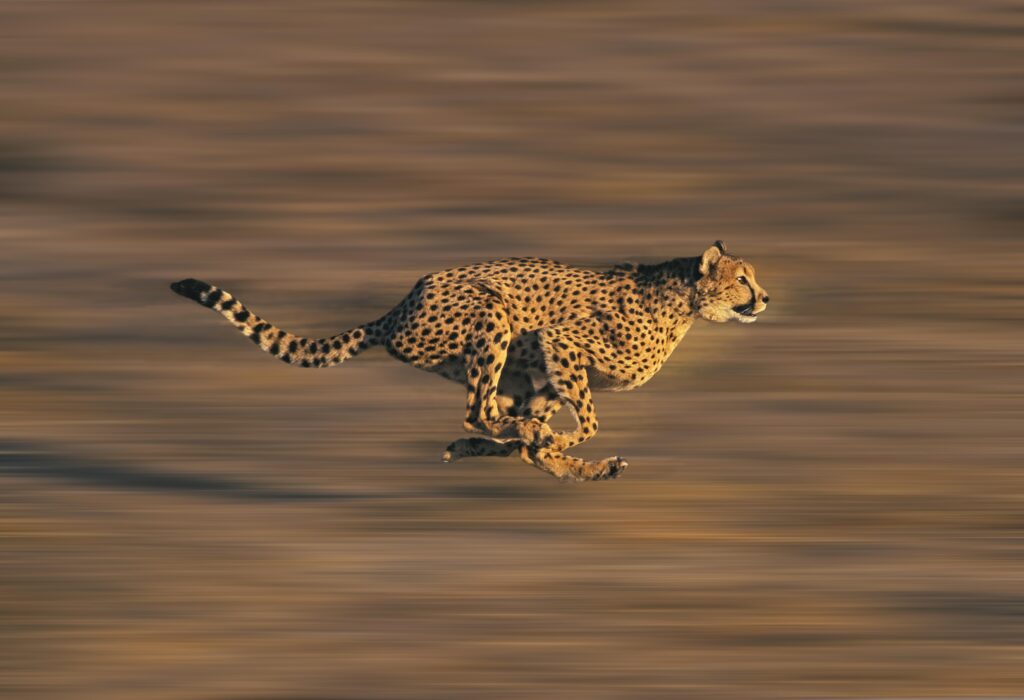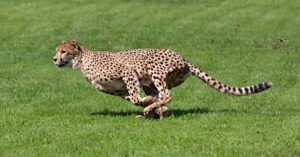To be fair to this cheetah, you would also need a breather if you had to chase after your meal! This individual is taking a break in a shady patch before tucking into its kill. As the clip below shows, even cheetahs run out of energy sometimes!
Watch the Action Now
What Do Cheetahs Normally Eat?
Ungulates make up the greatest part of most cheetah’s diets. Ungulates are animals with hooves such as deer and antelope. The exact species, however, depends on the abundance of prey in the location where the cheetah is living. For example, cheetahs living in East Africa feed on mainly Thompson’s gazelles and Grant’s gazelles. Cheetahs living in Kalahari feed mainly on springbok but those living in Transvaal feed mainly on puku.
How Do Cheetahs Normally Behave?
Cheetahs are not as social as lions but are more social than many other big cat species. The females live with their offspring but their territories can overlap. The cubs stay with their mother until they are about a year old. Males tend to lead a solitary life but can find it hard to maintain their territories alone. Coalitions (small groups) of males are more successful and these can be made up of littermates or unrelated males. Some males are non-territorial and live a nomadic lifestyle. When cheetahs are living as part of a group, they usually make a kill every day. Solitary cheetahs kill less frequently.
How Do Cheetahs Normally Hunt?

The cheetah uses short bursts of speed to chase down prey.
©iStock.com/slowmotiongli
Cheetahs often watch herds of their target animal from a high vantage point. This could be a termite mound or the branches of a tree. They then silently stalk their prey using vegetation as cover. They get as close as they can to the target animal adopting a semi-crouched position with their head lowered. Cheetahs freeze if they think they have been spotted! They would prefer to hunt fawns which they flush out from hiding places as they are easier to catch. If cheetahs do end up having to give chase, only half of their efforts are successful.
These big cats can maintain an average speed of 40 mph during a chase but can reach speeds of 64 mph when they have to. Their flexible spine allows them to take long strides and cover ground quickly. However, they lack stamina and their chases only last for 20 seconds. It is very rare for a cheetah to pursue an animal for more than a minute. As you can see in this clip, they get out of breath quite quickly!
The photo featured at the top of this post is © Kandfoto/iStock via Getty Images
Thank you for reading! Have some feedback for us? Contact the AZ Animals editorial team.







